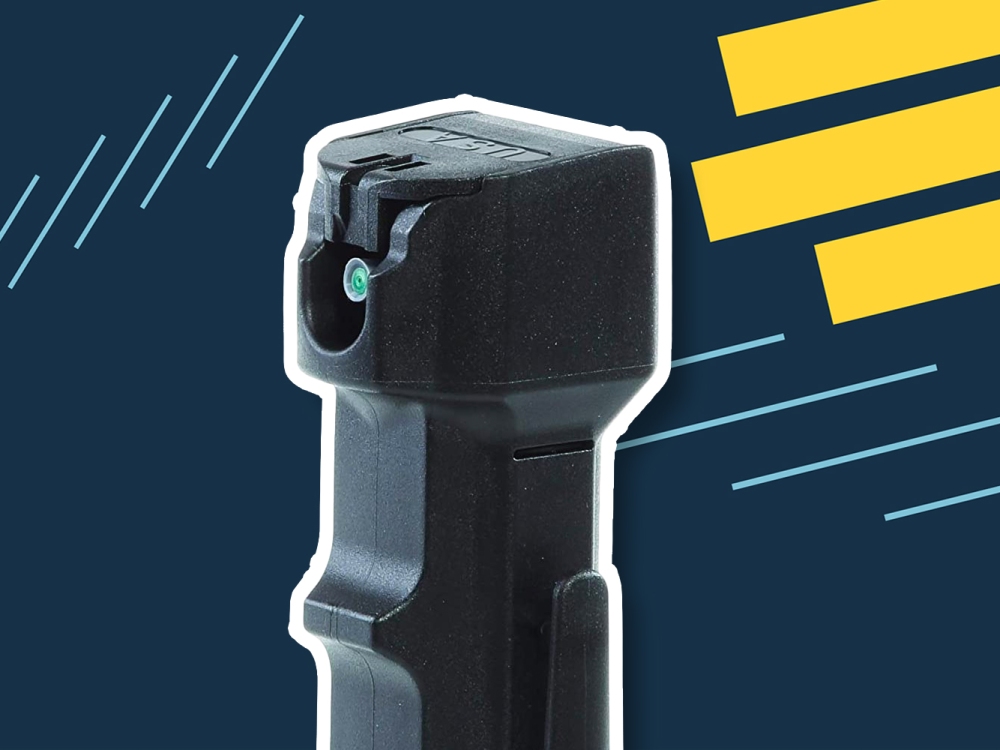
Martial arts aren't limited to Europe and Asia. African cultures have developed their own systems and styles of fighting, as well. These systems include Nguni stickfighting and Judo, Dambe Hapkido, Hapkido as well as Hapkido.
Nguni stick-fighting
Nguni stick-fighting, an ancient African martial art, has been practiced since the Middle Ages. It's similar to underground boxing in Britain, but it is done in public places. A small fee is charged to compete in a competition, and the winner will receive a prize pot. Many poor communities turn to this form of sport for additional income. The fighters use traditional medicine to prepare for their bouts. Additionally, the Nguni stick fight scars are considered badges if they have been in an accident.

Dambe
Dambe is a form a Nigerian martial art that is mostly practiced by Hausa people. In order to win, opponents must submit their opponent within three rounds. This can lead directly to serious bodily injury. In Hausa, boxers are called damanga (boxers).
Hapkido
Hapkido (Hapkido) is a form karate that uses force to move a joint. The aim is to force a joint out of its normal range of motion, causing pain and gaining control over an opponent. It's not like aikido. This pacifist martial art is used.
Judo
The history of Africa is the root of Judo martial arts. Although the modern version of Judo is derived from Japan it was first developed in Africa more than a thousand years before. These ancient art forms can still be found in many African countries today.
Tai-Chi
I've met many Tai-Chi practitioners while on my African trip. One student from Rwanda posts videos of his Tai-Chi practice on social media. Another Cameroonian, who learned boxing techniques from tai chi, is another.

Ju-Jitsu
Ju-Jitsu martial arts are not just popular in Japan, and the continent is a hotbed of Ju-Jitsu training. Angola and Burkina Faso are just a few of the West African countries. This fighting style emphasizes leg muscle and sweeping and kicks your opponent.
FAQ
How much does it cost to enroll in a self-defense course?
There are many self-defense courses available. The price varies depending on where you live and whether you attend in person or online.
Some schools charge $50 per month while others charge as high as $200.
Local community centers are a great option if you are looking for an affordable alternative. Many of these centers offer free self defense lessons.
How much does a stun gun cost?
Depending on the model, a stun gun can range anywhere from $20-$100.
Two batteries are included in most models. The batteries last around three months.
What are some simple self-defense strategies?
Self-defense methods include punches. They can also include grappling such judo jujitsu karate and taekwondo.
Self-defense techniques can be used for protection against an attacker who wants to hurt you.
They can be used to defend against an attacker.
There are many different ways to practice self-defense. Decide which one is best for you.
Which self-defense method is most effective?
Avoiding attack is the best defense. If attacked, you should run away as soon as possible. This will give your time to formulate a better defense plan.
If you can't escape, you can use the defensive strategies you have learned. These techniques include kicks, punches and knees. To stop your attacker from attacking you more, you can grab his arms and legs.
If none these options work, then you need to use every tool at your disposal. Your hands are your best weapon. If you don't know the proper way to use them, then you should start learning other forms of self-defense.
Is it legal to give a stungun to a child.
It all depends upon the child's age.
No.
18 and older:
You must make sure that minors understand the risks of having a stun gun.
They should also only use it under adult supervision.
What does a stungun do to an attacker
A stun gun uses electricity to incapacitate someone. The stun gun causes muscle contractions that stop them moving. They can't fight back.
Stun guns work best when applied to the neck or head.
The most common use of a stungun is to shoot at the victim's body parts until they become unconscious.
To scare attackers, stun guns can also emit high-pitched noises. These stun guns are known as TASERs.
Statistics
- Most likely, the person will want some kind of boxing match, so if you can out-box them, this would be 100% ideal for survival. (budodragon.com)
- Some people walk into a gym thinking they are going to become the best by training whenever they like and not putting 100% effort in. (budodragon.com)
- In a January 2018 survey of 1,000 women nationwide, 81 percent reported experiencing some form of sexual harassment, assault, or both in their lifetime. (healthline.com)
- Saying this, Self defense 101 would be the importance of situational awareness, which can never be replaced by the finest of martial arts, because it is this that would help you to avoid any likely attacks in the first place. (worldofselfdefense.com)
External Links
How To
What kind of self-defense should I learn?
Self-defense is a broad term, which can cover a wide variety of options. There are many types of self-defense you can learn. These are the most commonly used:
-
Boxing – Because you can fight with your hands, boxing makes a great self-defense option. Although most people believe only men can fight, boxing is possible for women. There are many ways for women to learn boxing, such as private lessons, gyms or online courses.
-
Wrestling – Many people think that wrestling isn’t a sport. It was once America’s national pastime. Private lessons, gyms and online classes are all available for women who want to learn how to wrestle.
-
Jujitsu- Jujitsu, another popular martial art, teaches you to defend yourself by using your body weight. It is very easy to learn. You will improve your balance and coordination.
-
Kickboxing - Kickboxing, which is similar to Muay Thai's, uses kicks in place of punches. It's a full combat sport with no rules. It's an excellent choice for beginners, as it's simple to learn.
-
Tae Kwon Do – TKD is a Korean martial arts that combines elements from karate and taekwondo. It is an ideal choice for anyone who wants to learn self-defense without having to worry about hurting their opponent.
-
Mixed Martial Arts (MMA - MMA is a combination of many martial arts. It combines Brazilian Jiu Jitsu, Judo, Boxing, Wrestling, and Sambo. Because of its effectiveness, it's one among the fastest-growing sports.
-
Karate: Karate is a Japanese Martial Art that focuses primarily on kicking techniques. It's been around for hundreds of years and has evolved over time. Today there are many different styles of karate, each with its own unique moves and training methods.
-
Knife Fighting: Knives are extremely useful for defending yourself. To stab your attacker, you don't need to be close. You just need to know how to handle a knife defensively.
-
Pepper Spray- Pepper spray can be used as a non-lethal weapon to help you escape from attacks or stop them from beginning. Pepper spray is not recommended for attackers as they are likely to get burns.
-
Firearms are the last line of defense against attackers. This is often done by law enforcement officers and trained civilians.
-
Self-Defense Classes: A self-defense course is a great way to master all these skills in one place. They cover everything from grappling and shooting.
-
Combative Sports: Another great option is to take part in combative activities like kickboxing, mixed martial arts, and even amateur wrestling. These sports require a lot of practice and discipline. They also teach you how to protect your self.
-
Martial Arts Schools - If you're serious about learning how to defend yourself, then go to a school that specializes in martial arts. Some schools also offer classes with weapons.
-
Online Courses: There are many free resources you can access. 15) Books – Finally, you might find some books useful. Alan Peppard's "The Complete Idiot's Guides To Self Protection" book covers all of the mentioned topics.
-
Start with what you know. That way, you'll avoid making mistakes that could harm you.
I think I will try my hand at self-defense. I've always wanted to learn how to fight but was never interested in actually doing it. As I age, I feel the need to be more responsible for my own health and less dependent on others.
I'm going to start slowly and see where it goes from there. I was thinking of joining a local gym, to begin practicing weight lifting and such. I'm still debating whether or not I should get a gun.